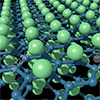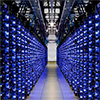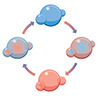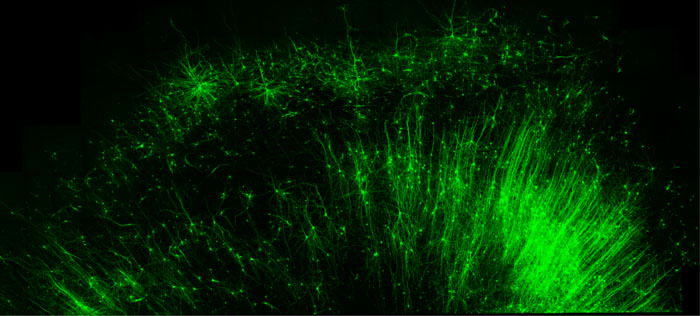Oct 06, 2022 (Nanowerk News) Carnegie Mellon University researchers have pioneered the CMU Array—a new type of microelectrode array for brain computer interface platforms. It holds the potential to transform how doctors are able to treat neurological disorders. 3D printed at the nanoscale, the ultra-high-density microelectrode array (MEA) is fully...
The ‘dense’ potential of nanostructured superconductors
Oct 06, 2022 (Nanowerk News) Spark plasma sintering (SPS) is a process that uses high-pressure and pulsed electric current to turn powders into dense solids. In a recent study, a team of researchers used SPS to prepare bulk magnesium diboride with a density that reached 95% of the theoretical limit...
What is it and why does it matter?
Oct 06, 2022 (Nanowerk News) Organisations need to urgently tackle digital decarbonisation if the UK is to stand any chance of hitting its 2050 net-zero targets, warn Loughborough University researchers. The data industry is predicted to account for more carbon emissions than the automotive, aviation and energy sectors combined. But...
Atomic-level 3D models show us how gadgets work
Oct 06, 2022 (Nanowerk News) Although nanotechnology and materials science are complicated topics for most of us, the research in these fields is of great importance to almost everyone. Your digital gadgets, for example, are completely dependent on it. Today, all microelectronics depend on semiconductors. These are materials that are...
‘Bio-batteries’ enable us to store solar and wind energy
Oct 06, 2022 (Nanowerk News) Up until now it has been a challenge to store the energy we generate when the sun is shining and the wind is blowing. But researchers at a laboratory in Trondheim in Norway have succeeded in doing just this – and entirely without any form...
Utilizing chemo-mechanical oscillations to mimic protocell behavior in manufactured microcapsules
Oct 06, 2022 (Nanowerk News) The complexity of life on earth was derived from simplicity: from the first protocells to the growth of any organism, individual cells aggregate into basic clumps and then form more complex structures. The earliest cells lacked complicated biochemical machinery; to evolve into multicellular organisms, simple...
Battery with nanomaterials made from seaweed powers confidence in sustainable energy storage
Oct 05, 2022 (Nanowerk News) Bristol-led team uses nanomaterials made from seaweed to create a strong battery separator, paving the way for greener and more efficient energy storage. Sodium-metal batteries (SMBs) are one of the most promising high-energy and low-cost energy storage systems for the next-generation of large-scale applications. However,...
Magnetic nano mosaics
Oct 05, 2022 (Nanowerk News) For about ten years, magnetic skyrmions - particle-like, stable magnetic whirls that can form in certain materials and possess fascinating properties - have been a focus of research: electrically easily controlled and only a few nanometers in size, they are suitable for future applications in...
New RNA-based tool can illuminate brain circuits, edit specific cells
Oct 05, 2022 (Nanowerk News) Duke University researchers have developed an RNA-based editing tool that targets individual cells, rather than genes. It is capable of precisely targeting any type of cell and selectively adding any protein of interest. Researchers said the tool could enable modifying very specific cells and cell...
Engineers develop a new kind of shape-memory material
Oct 05, 2022 (Nanowerk News) Shape-memory metals, which can revert from one shape to a different one simply by being warmed or otherwise triggered, have been useful in a variety of applications, as actuators that can control the movement of various devices. Now, the discovery of a new category of...










